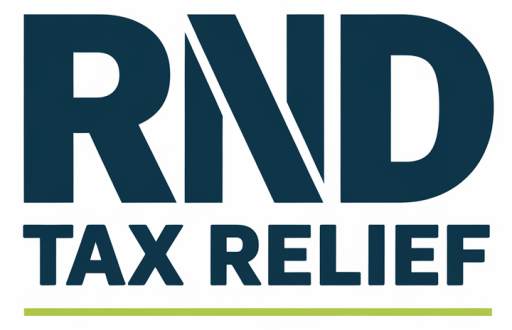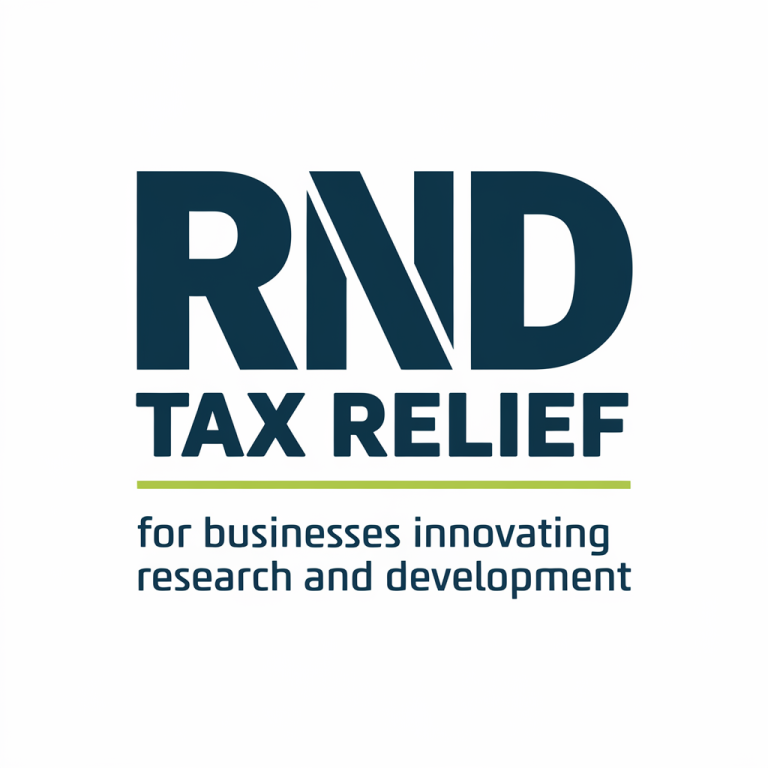Planning Client Finances With R&D Tax Relief
Planning client finances is about more than balancing numbers on a spreadsheet. For accountants, financial advisors, and investors, the real challenge is to build a strategy that improves cash flow, boosts profitability, and supports long-term growth. One of the most effective ways to achieve this is through R&D tax relief.
This government incentive helps innovative businesses reduce their corporation tax bills or receive cash repayments for eligible spending on research and development. By weaving R&D relief into financial planning, businesses can secure extra funds for growth while making themselves more attractive to future investors.
In this guide, we’ll explain how R&D tax relief improves client finances, how to build stronger financial plans around it, and the practical ways you can communicate its benefits to your clients.
What Is R&D Tax Relief and Why Does It Matter?
R&D tax relief is a government scheme designed to reward businesses that invest in research and development. If a company spends money trying to improve products, processes, or services through scientific or technological innovation, it may qualify.
Eligible businesses can either reduce their corporation tax bill or receive a cash repayment from HMRC, depending on their financial position.
This matters because R&D is expensive, and cash flow is often tight. By reclaiming a portion of these costs, businesses can reinvest in further innovation, recruit new staff, and strengthen their market position.
Learn more about the scheme here: R&D tax relief
How R&D Tax Relief Improves Client Finances Reducing Corporation Tax and Freeing Cash
The most immediate benefit is a reduction in corporation tax. For profitable companies, this means more retained earnings, while loss-making businesses can receive a cash credit. This extra capital can then be channelled into growth projects, debt reduction, or talent acquisition.
For example, a software SME that spends £200,000 on qualifying activities could see a substantial refund or tax saving. That money could be reinvested into product development or used to improve working capital.
Supporting Ongoing Innovation
When clients know that a portion of their R&D spend will be reimbursed, they are more likely to invest in continuous innovation. This mindset creates a cycle where businesses keep improving and stay competitive in fast-moving markets.
Enhancing Valuation Metrics
From an investor’s perspective, businesses that actively claim R&D tax credits often show stronger financial metrics. Higher profit margins, improved return on assets (ROA), and better EBITDA performance all contribute to increased company valuations.
The Role of R&D Tax Credits in Sustainable Growth
Sustainable growth is about building resilience and ensuring a business thrives through market shifts. R&D tax credits support this in several ways:
Improved cash flow: Immediate access to funds helps businesses cover operational expenses.
Reduced financial risk: Government-backed relief reduces reliance on external capital.
Better recruitment and retention: Firms can afford to hire and keep talented people.
Market competitiveness: Constant innovation leads to stronger products and services.
Real-life example: A mid-sized engineering firm claimed £150,000 in R&D tax credits. They used the funds to upgrade equipment and hire two new engineers. As a result, they increased efficiency, won new contracts, and boosted annual revenue by 18% without additional borrowing.
Structuring Financial Plans With R&D Tax Relief
Financial planning is not just about forecasting profits it is about using available incentives strategically. Here is how you can structure client plans around R&D relief
Aligning Innovation With Financial Strategy
Encourage clients to include innovation projects in their annual budgets. If these projects qualify for R&D tax relief, the potential repayment should be factored into cash flow forecasts.
Setting Aside Funds for R&D Projects
By allocating funds specifically for research and development, businesses can manage their spending more effectively. This ensures they don’t miss out on eligible claims.
Building a Tax-Efficient Roadmap
Timing matters. If claims are submitted annually, refunds may arrive months later. Some businesses may prefer to plan quarterly submissions for better cash flow management. Advisors should discuss the best approach with their clients.
See detailed government guidance at HMRC.
Communicating the Value of R&D Tax Relief to Clients
Not all clients immediately see the value of R&D claims. Advisors should frame it in terms of tangible outcomes:
“This relief could free up funds to recruit new staff.”
“It can help reduce risk by lowering your reliance on loans.”
“It makes your company more attractive to potential investors.”
By focusing on real-world benefits rather than just tax savings, you help clients connect the scheme to their growth objectives.
Real-World Example: How an SME Benefited From R&D Tax Relief
A London-based tech start-up invested £120,000 in developing a new software platform. By working with their accountant, they successfully claimed £30,000 back through R&D tax relief.
Instead of using that money to cover day-to-day costs, they reinvested it in marketing and recruitment. Within a year, the company doubled its user base and secured a £500,000 seed investment.
This shows how R&D relief doesn’t just reduce costs — it actively fuels growth and helps SMEs build momentum.
How to Get Started With R&D Tax Relief
If your clients are developing new products, improving processes, or investing in technology, they could be eligible for R&D relief. To get started:
Identify qualifying projects: Look at where scientific or technological advances are being made.
Keep accurate records: Track staff time, costs, and project details.
Submit a claim to HMRC: Ensure all evidence is presented clearly.
Plan future claims: Integrate expected repayments into financial planning.
Working with specialists can simplify the process and maximise claims.
Ready to Optimise Your Clients’ Financial Plans?
R&D tax relief is one of the most valuable tools for strengthening financial strategies, improving profitability, and building long-term growth. Whether you’re an accountant, investor, or business owner, the opportunity to reclaim funds and reinvest them shouldn’t be overlooked. guide






